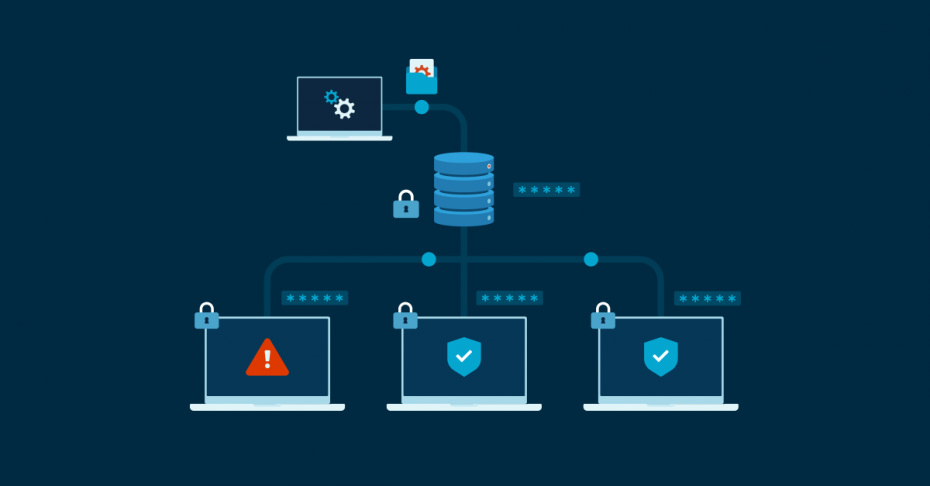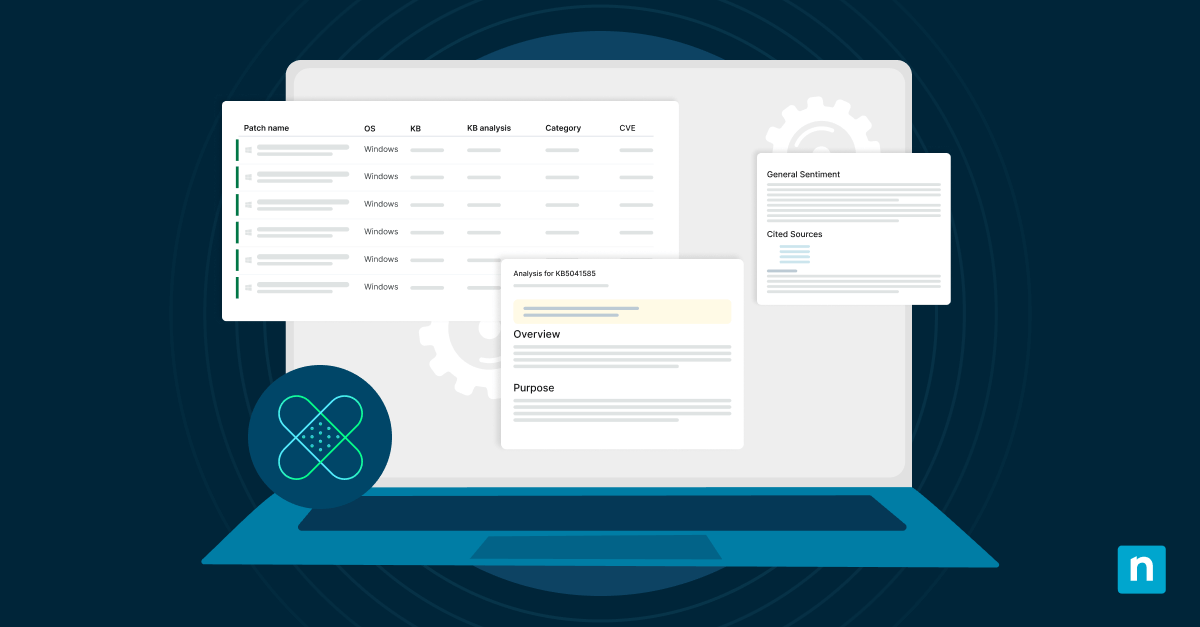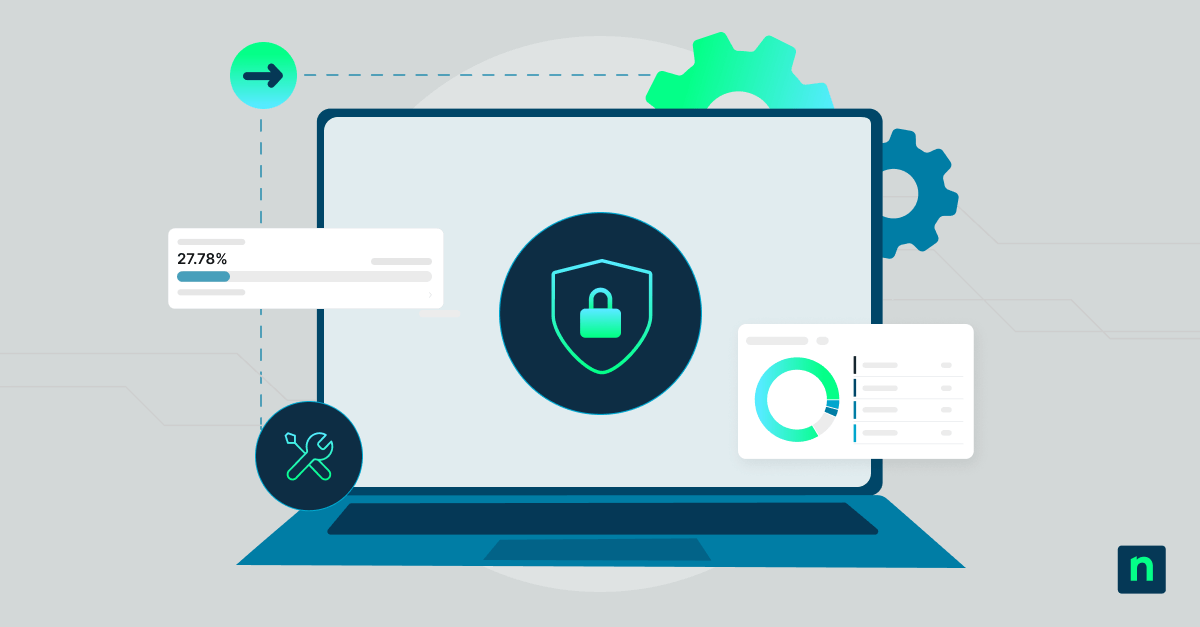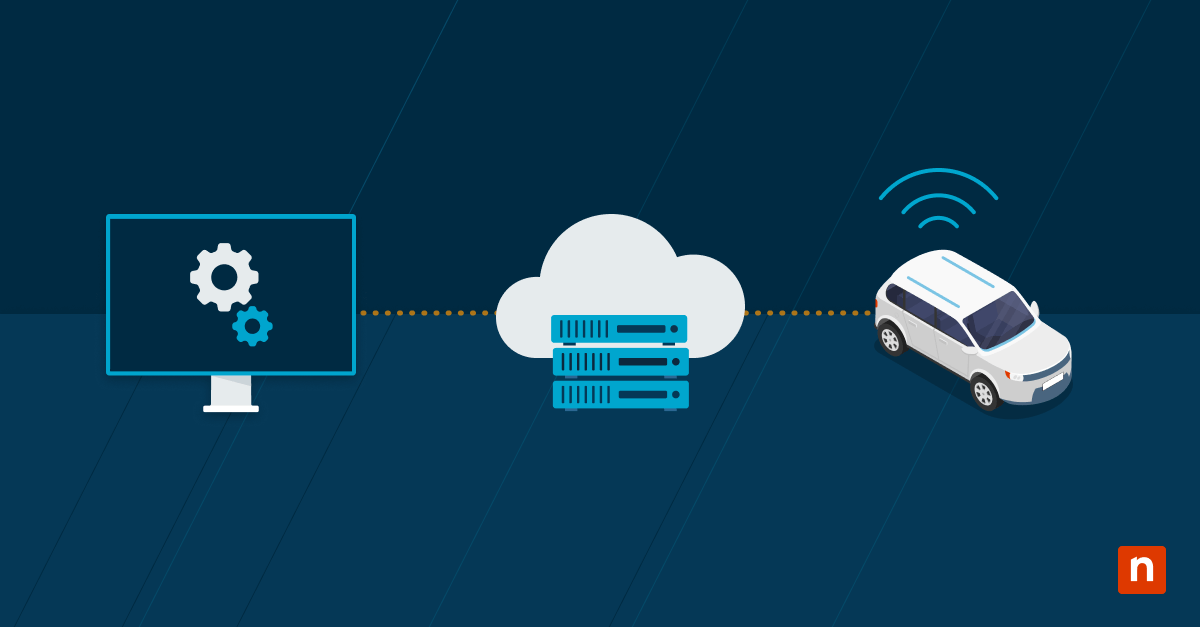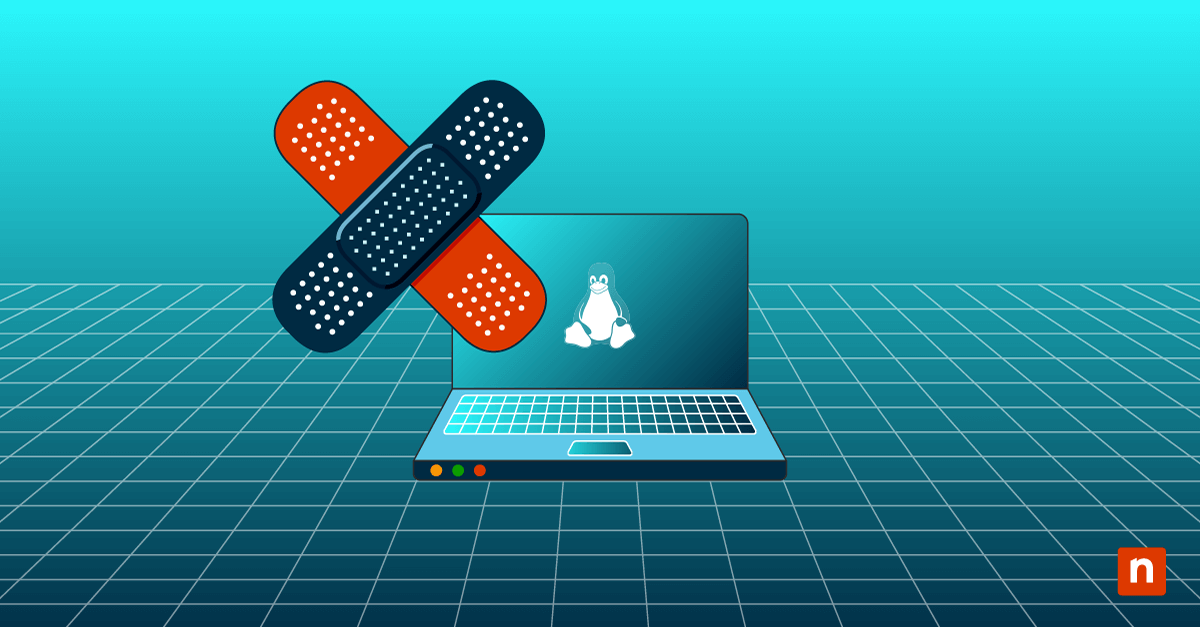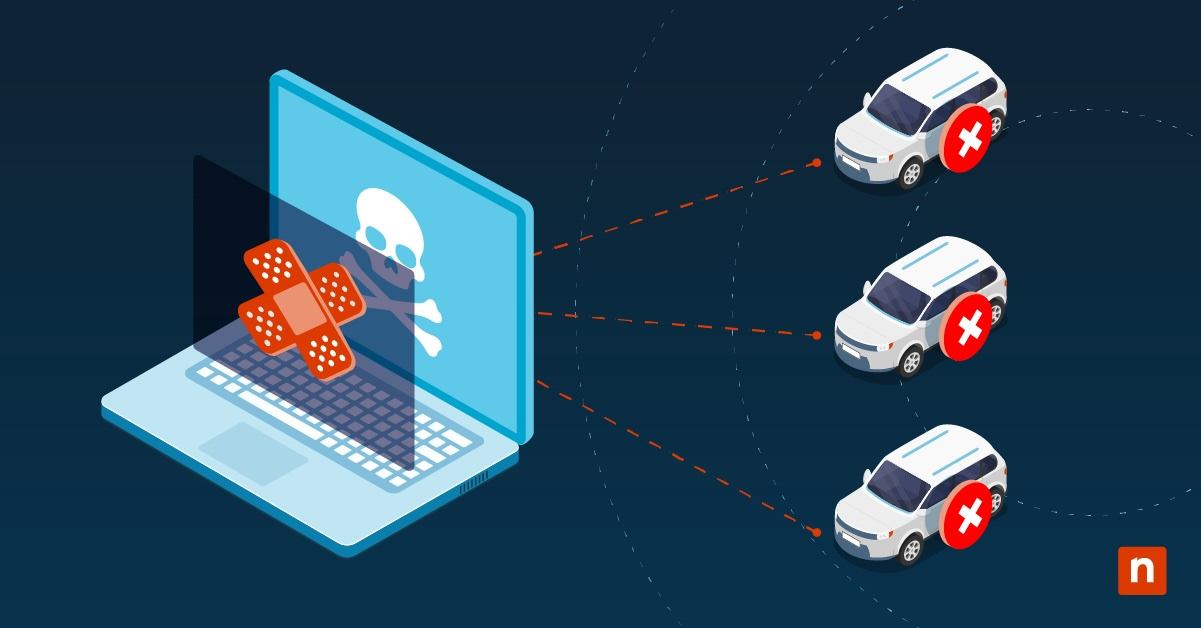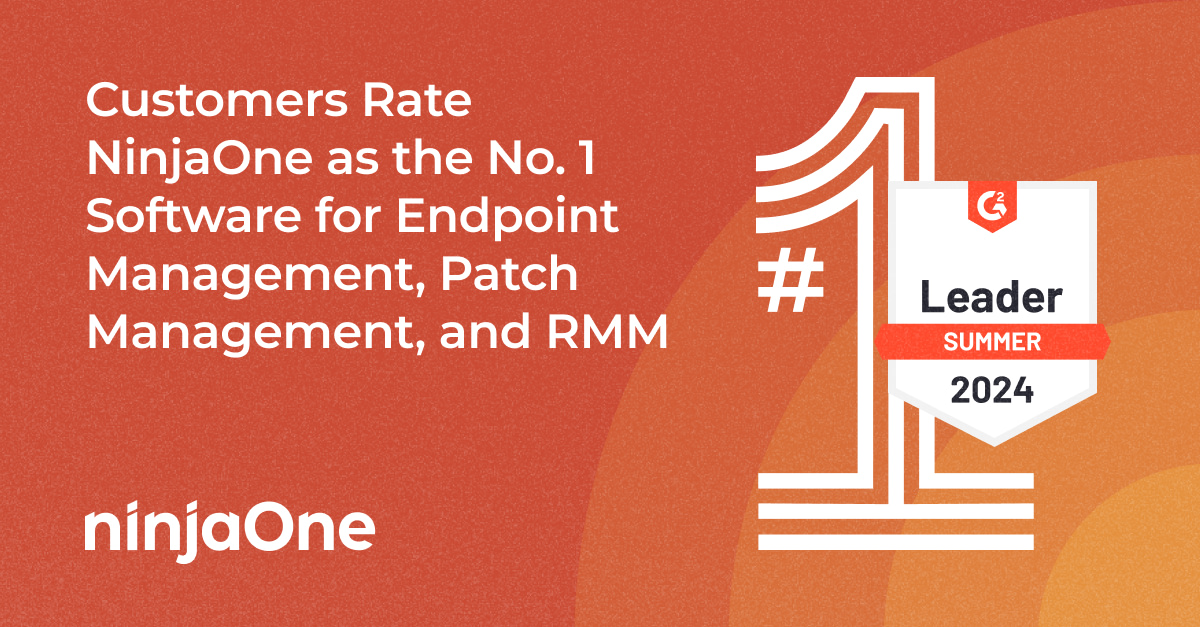From Microsoft to Samsung, even the world’s leading tech enterprises often face the consequences of unpatched software, including security compromises, data theft, and loss of resources. It’s clear that patching is important for the success and security of an IT infrastructure; however, patch management is by no means an easy task. In 2025, the top patch management challenges are the lack of endpoint visibility, time-consuming patching processes, IT staff shortages, hybrid/remote workforces, the need to patch different systems, and more.
Simplify patch management with NinjaOne
Why patch management is on the rise
“More than 33 billion records will be stolen by cybercriminals by 2023, an increase of 175% from 2018,” TechTarget’s cybersecurity report determines. There are thousands of statistics similar to this that clearly point out one fact: cybercrime is on the rise. Because of this, patch management is also on the rise this year, and it is becoming an important area of focus for all IT professionals.
Top 10 patch management challenges of 2025 and how to overcome them
Technology is always changing, and that means the challenges that come with technological advances are changing as well. This year, the top patch management challenges are:
1) Time-consuming patching processes
“71% of IT and security professionals find patching to be overly complex and time-consuming,” Ivanti states. Manually patching every device on a network is not only a frustrating and slow process, it’s also extremely inefficient for larger organizations. Without the right patching solution, IT teams find it difficult to patch and secure endpoints in a timely manner.
Solution: Automate processes to make patching faster & more efficient
Automation is the best way to make patching faster, easier, and more efficient. There are many more benefits that automated patch management provides for IT teams, such as reducing manual patching mistakes, simplifying reporting, and strengthening security. If your current patch management system is time-consuming and too demanding, automation is the solution you need.
2) Lack of endpoint visibility
Without endpoint visibility, patching all devices on a network is impossible. IT professionals need clear insight into their IT environment in order to patch all endpoints successfully. Endpoint visibility not only supports patching efforts, but it also aids with network security since it’s the first phase of a network monitoring and management process.
Solution: Set up endpoint management systems for improved visibility
Endpoint visibility is important for securing data, but it’s also a key factor in any patch management system. In order to patch all endpoints on your network, you need to be able to see them. Endpoint monitoring and management systems provide a clear view into your IT infrastructure and its endpoints, thus improving visibility and ensuring that no device remains unnoticed and unpatched for long.
3) The rise of hybrid and remote workforces
Remote work skyrocketed after 2020, and while experts originally thought the number of remote workers would fall in the following years, it has continued to increase. “More than half of workers (64 percent) are fully remote. This is up significantly from 2022 when the number was at 49 percent.” Although hybrid environments are not as popular as fully remote environments at the moment, they are also on the rise.
Because of this increase in remote and hybrid work, endpoints are being scattered all over the place. This makes patching even more challenging than before since IT teams will need to find, access, and patch devices remotely.
Solution: Monitor and manage all remote devices and workforces
According to the latest remote patching best practices, consistently monitoring and managing remote devices and their patch status is essential for a successful patch management program. With a remote monitoring and management tool, users are able to gain insight into their remote or hybrid IT environments to patch all devices on a network.
Check out our guide to BYOD best practices and secure your data.
4) Shortages of IT staff
Unfortunately, it’s no secret that there are shortages of IT professionals, specifically in the IT security and support sectors. This challenge affects MSPs in particular, who have work coming in but lack the necessary staff to provide their patching services.
Solution: Automate basic patching processes to make up for lack of personnel
There are multiple strategies that CIOs use to solve their tech and IT talent shortage; however, one of the easiest, quickest, and most effective solutions is not hiring more staff but using automation instead. Automation not only supports patch compliance but also helps MSPs and IT departments function smoothly even with limited personnel.
5) Different systems & applications
Many organizations operate using multiple systems and applications. This means IT professionals will need to be able to patch different operating systems, such as Linux, MacOS, and Windows, as well as various 3rd party applications. As you can imagine, patching all these systems can turn into quite a hassle, unless you use a patch management tool that has the capability to patch the different systems.
Solution: Choose a patch management solution that works with different systems/applications
Because IT professionals and organizations work with various systems, IT departments and MSPs need patch management solutions that are capable of working with these various systems and applications. For example, with NinjaOne Patching, users are able to patch Linux, MacOS, and Windows devices, as well as hundreds of common business applications.
6) Frequency of software updates
Continuous software updates can be exhausting for IT teams. This may pose challenges for them to keep up with patching requirements to ensure systems are secure and up-to-date.
Solution: Implement a robust update scheduling system
One efficient way to tackle this challenge is to use a patch management tool like NinjaOne patch management, which allows for versatile update scheduling. Having a patch management solution that provides flexible update scheduling helps IT teams plan and prioritize urgent updates, ensuring that critical patches are applied promptly while minimizing disruption to business operations.
7) Compatibility issues
Patches that can cause conflicts may lead to compatibility issues. These patches may not be suitable for your existing software or hardware. Compatibility issues caused by these patches may incur downtime and disrupt business operations.
Solution: Test patches in a controlled environment before deployment
Establishing a testing protocol where patches are applied to a controlled subset of systems is always important, identifying and resolving compatibility issues before deployment. This solution not only resolves potential compatibility issues but also helps IT teams save time and prevent downtime.
8) User resistance to updates
Patching efforts are affected by end-user resistance to important updates. Some users tend to delay deploying patches to avoid downtime, system behavior changes, or productivity reductions. This issue holds up significant updates and important patching efforts that may be paramount to system security.
Solution: Communicate the importance and benefits of updates
According to research by Ponemon, it has been reported that effective patching could stop almost 60% of data breaches. That’s why you need to let users know the importance of applying security and functionality updates to mitigate resistance. This can be done through training, employee education, clear communication, and support. It would also help if patches could be scheduled during off-peak hours to minimize workflow disruption.
Learn more about why you don’t want to delay the deployment of security patches.
9) Security vulnerabilities in third-party applications
Third-party applications may pose risks to your entire network by introducing security vulnerabilities. If these applications are not regularly patched or updated, your network may be susceptible to malware injection, unauthorized access, and data breaches.
Solution: Use a comprehensive third-party patch management solution
A tool like NinjaOne’s Third-Party Patch Management can elevate your endpoint security by ensuring these applications are monitored and updated regularly. Implementing such a tool that addresses third-party application patching eliminates the risks of getting security vulnerabilities in third-party applications.
10) Inadequate reporting and tracking
It would be a hassle for IT teams to know which systems have already been patched and which haven’t. Inadequate reporting and tracking can lead to potential security gaps and exposure to vulnerabilities.
Solution: Deploy advanced reporting and tracking tools
Having a tool that enforces effective patching management is one thing. But being able to manage factors like tracking missing patches and their installations plus generating patch reports, all in one centralized console can significantly help IT teams to ensure compliance and quickly identify unpatched systems.
Simplify patch management with NinjaOne
Because these patching challenges are not going away anytime soon, you need a patch management tool that can handle and resolve these challenges with ease. NinjaOne’s patch management solution and RMM allow users to automate patching processes, gain endpoint visibility, remotely monitor and manage devices, and patch various systems or applications. With these capabilities and more, it’s clear why NinjaOne is listed as number 1 of the best patch management tools. Use a free trial of NinjaOne to start overcoming your patching challenges with confidence.

